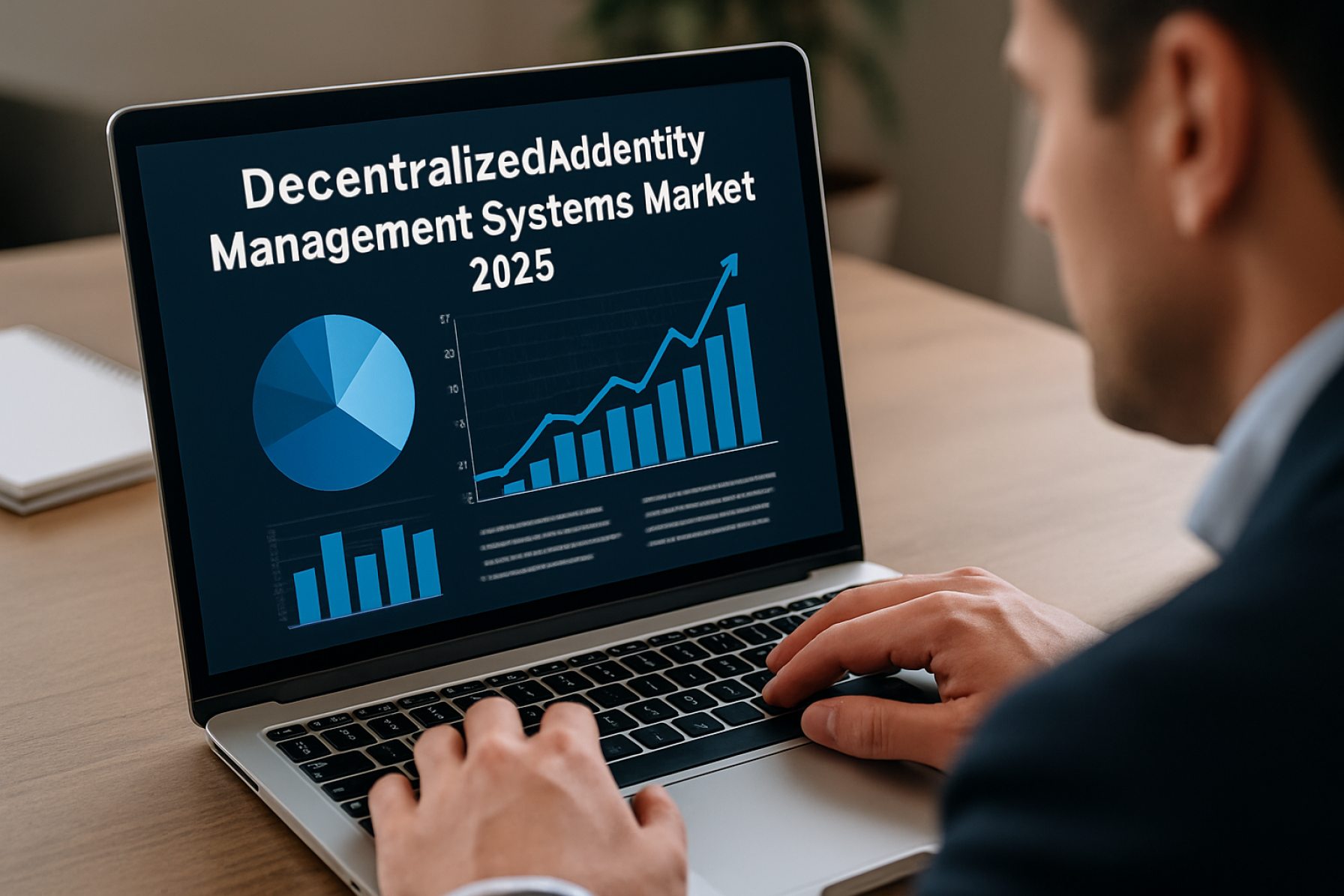VPS & Mastercard Partner for Digital Payments in Morocco

Vantage Payment Systems (VPS), a payment services company based in Morocco, has initiated a significant collaboration with Mastercard to propel the advancement of digital payments within the North African nation. This strategic partnership aims to enhance financial inclusion metrics across Morocco while offering mutual benefits to both entities. Mastercard is set to expand its market share by introducing Mastercard-branded cards across various sectors and integrating its offerings into local e-commerce and in-app payment systems for consumers. To achieve this, Mastercard will leverage VPS’s established local infrastructure and extensive network of merchant relationships, deepening its presence in the Moroccan market.
Conversely, VPS, which is licensed by Bank Al-Maghrib, stands to gain substantial brand credibility from its association with Mastercard. The partnership is expected to grant VPS access to Mastercard’s advanced cybersecurity and fraud detection tools. Both companies have confirmed their intentions to roll out joint offerings tailored for the local market, with a blockchain-based tokenization product identified as a top priority. Additionally, the collaboration will support the launch of digital wallets, aligning Morocco’s burgeoning fintech scene with international best practices. Ali Bettahi, President of VPS, emphasized that this collaboration with Mastercard marks a pivotal moment in their mission to digitally transform Morocco's payments landscape.
The primary beneficiary of the Mastercard-VPS partnership is the local payment ecosystem in Morocco. By broadening payment options to include both physical and digital tools, the initiative will facilitate seamless transactions for merchants and consumers alike. Morocco has already made considerable strides in its digitization efforts, actively embracing emerging technologies to optimize local payment systems. The country is also showing increasing openness towards digital assets, with ongoing discussions to potentially lift its seven-year ban on digital currencies, signaling a progressive shift in its financial policies.
Beyond Morocco, Africa’s broader payment landscape is undergoing a significant transformation, driven by leading economies adopting emerging technologies. A report from Mastercard forecasts that digital payments across Africa are poised to surge to an impressive $1.5 trillion by the end of the current decade, although it also cautions about a potential increase in fraudulent transactions. Concurrently, African cross-border transactions powered by digital payment systems are projected to experience double-digit compound annual growth rates (CAGRs) leading up to 2030. These changes are fundamentally motivated by a concerted effort to improve local financial inclusion for unbanked and underbanked individuals.
In parallel developments, a recent Chainalysis report highlights a substantial increase in digital asset-based remittances to Latin America, a trend fueled by several factors. Digital currency-based remittances have spiked by over 40% within the last 12 months. This report, a collaborative effort with the Australian Transaction Report and Analysis Center (AUSTRAC), identifies stablecoins as the principal driving force behind this growth. Stablecoin adoption has rapidly expanded in Latin America, evolving from a niche asset class to achieving mainstream acceptance. The significant growth of stablecoins in the region is largely attributed to their utility in providing a critical financial lifeline for struggling economies. Countries like Brazil and Argentina are notable for recording the largest figures as residents increasingly turn to stablecoins to combat inflation and currency devaluation.
Apart from leveraging stablecoins to hedge wealth, residents in Latin America are drawn to the broad payment functionalities offered by this asset class, particularly the speed of cross-border payments, which bypasses the traditional challenges associated with remittances. The growing embrace of stablecoins by the U.S., with the White House vowing support to protect the sovereignty of the U.S. dollar, has also contributed to this surge. For investors lacking steady access to physical dollars, stablecoins offer a viable solution for their cross-border transaction needs. Another key growth driver for cross-border remittances in Latin America is the rise of digital asset ATMs. The region has experienced a significant boom in these ATMs, securing a notable share of the global market capitalization. Less tech-savvy individuals are increasingly utilizing digital asset ATMs to circumvent third parties and their often steep fees for cross-border transactions, with Mexico, Panama, Colombia, and Argentina experiencing the most significant growth in this area.
Latin America is making a distinct mark in global digital payment metrics, having ascended from the lowest rung to become the fastest-growing region. This growth is bolstered by various governmental factors, such as Brazil’s Pix system, which utilizes automated payments to generate an additional $30 billion in transaction volume. Furthermore, Latin America is actively fostering regional and global partnerships to catalyze a rapid expansion of digital payments, exemplified by Peru’s agreement to integrate India’s Unified Payment Interface (UPI) into its domestic payments ecosystem.











